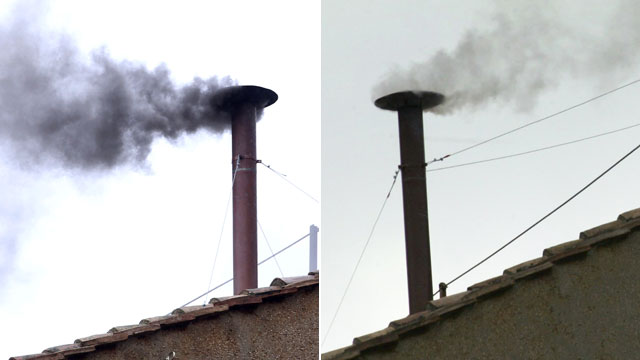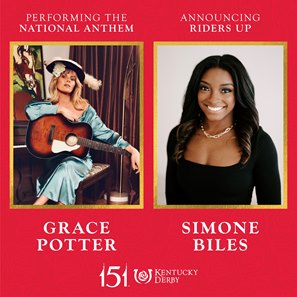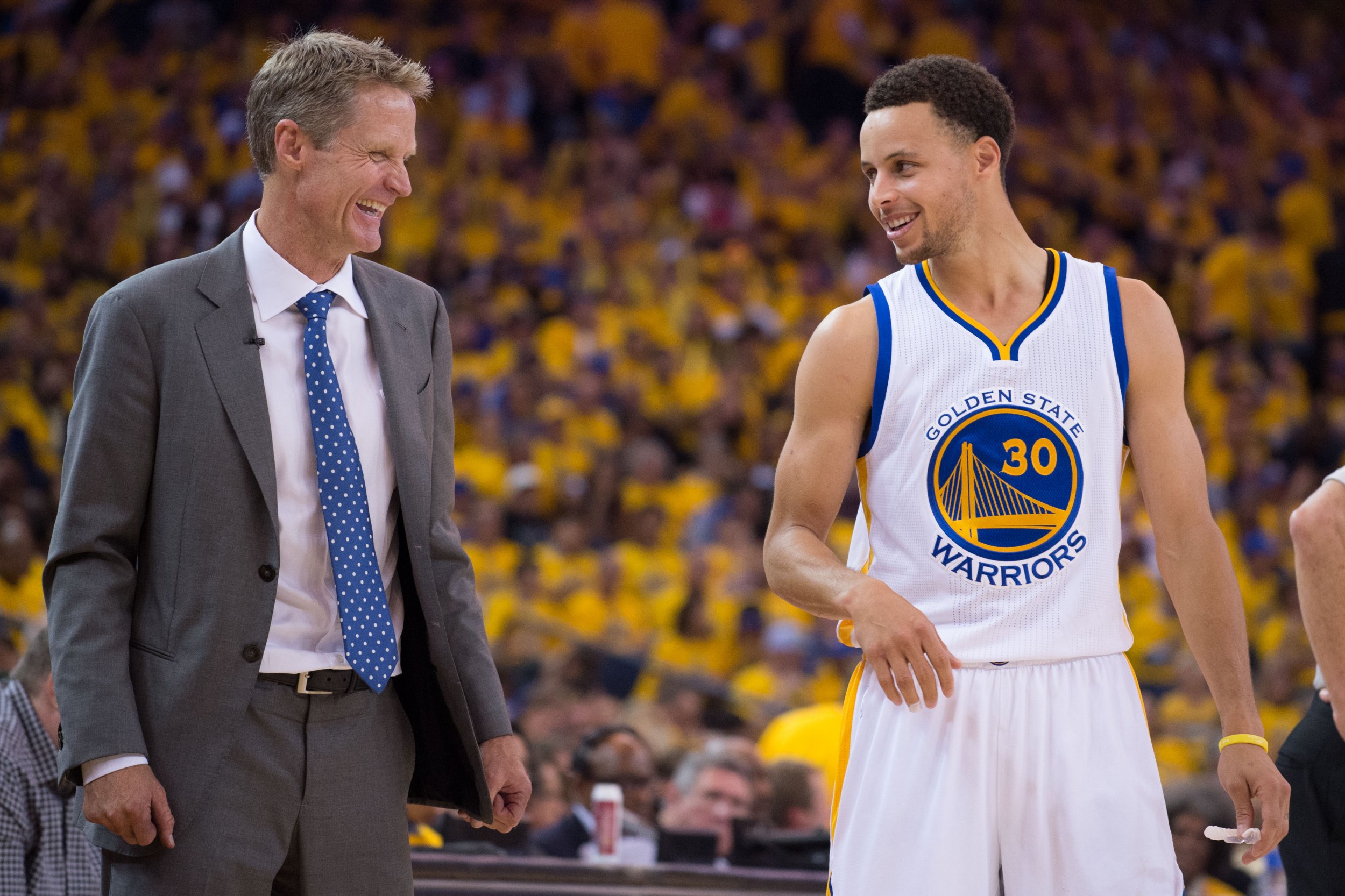Understanding The Conclave: The Process Of Choosing The Next Pope

Table of Contents
The Prerequisites for a Papal Conclave
Before the cardinals gather for the Conclave, several prerequisites must be met. The most fundamental is the vacancy of the Papal See, which occurs upon the death or resignation of the reigning Pope. This vacancy triggers a series of events leading to the Conclave. The College of Cardinals, the body responsible for electing the Pope, plays a central role. Only cardinals under the age of 80 are eligible to participate in the Conclave, ensuring a balance between experience and vitality in the selection process. The process leading up to the Conclave involves several key steps:
- Vacancy of the Papal See: The death or resignation of the Pope officially begins the process.
- Convocation of the Cardinals: The cardinals are officially summoned to Rome.
- Confirmation of eligibility of Cardinals: The eligibility of each cardinal under 80 is verified.
- Seclusion in the Vatican: The cardinals enter seclusion within the Vatican, preparing for the election.
The Seclusion and Procedures within the Conclave
The Conclave itself is a period of intense secrecy and rigorous rules. The cardinals are confined to a specific location within the Vatican, cut off from external communication and influence. This isolation is designed to foster focused deliberation and prevent outside pressures from affecting the election. The voting process involves secret ballots, with the successful candidate needing a two-thirds majority to be elected. Several key elements characterize the proceedings:
- The "Habemus Papam" announcement: The iconic phrase announcing the election of a new Pope.
- The burning of ballots: A ritualistic act symbolizing the secrecy of the voting process.
- Daily Mass and other rituals: Spiritual practices maintain a focus on prayer and reflection.
- Restrictions on communication with the outside world: Total seclusion ensures an unbiased decision-making environment.
The Role of the Cardinals and their Influence
The College of Cardinals is not a monolithic entity. Different factions and viewpoints exist within this group, reflecting the diverse theological perspectives and regional influences within the Catholic Church. The election process is, therefore, a complex interplay of political maneuvering, theological debate, and personal relationships. Compromise and consensus-building are vital to the smooth functioning of the Conclave. Several factors influence the choices made by the cardinal electors:
- Cardinal electors' backgrounds and theological viewpoints: Varying theological interpretations and political affiliations impact the process.
- Influence of regional blocs: Geographical regions often exert influence, promoting candidates from their areas.
- The impact of papal encyclicals and previous pontificates: The previous Pope's legacy and policies shape the discourse during the Conclave.
- The role of informal discussions and lobbying: Behind-the-scenes negotiations and persuasion play a significant role.
History and Evolution of the Conclave
The Conclave's history is rich and complex, marked by significant changes in its rules and procedures over the centuries. Early Conclaves were often fraught with challenges, marked by political intrigue and protracted voting processes. Over time, reforms aimed at streamlining the process and ensuring its integrity have been introduced. The evolution of the Conclave reflects the evolving needs and challenges of the Catholic Church.
- Early Conclaves and their challenges: Long and contentious elections were common in early history.
- Key reforms and their impact: Modern reforms aimed to enhance transparency and efficiency.
- Notable examples of contentious Conclaves: Certain historical Conclaves highlight the challenges faced throughout history.
- Modern interpretations of historical events: Scholars continue to analyze past Conclaves to better understand the process.
Conclusion
The Papal Conclave is a fascinating and complex process, a blend of ancient tradition and modern adaptation. Understanding its intricacies – from the prerequisites for its commencement to the rigorous procedures within its secluded walls – reveals the significant weight carried by this unique method of electing the head of the Catholic Church. The secrecy, the tradition, and the ultimate responsibility of choosing the next spiritual leader for billions of people make the Conclave a singular event in the world’s religious and political landscape. For a more complete understanding of the Conclave and its historical significance, further exploration is encouraged. Learn more about the fascinating process of electing a new Pope by researching the intricacies of the Conclave.

Featured Posts
-
 Las Vegas Aces A Conversation With President Nikki Fargas On Community And The 2025 Season
May 07, 2025
Las Vegas Aces A Conversation With President Nikki Fargas On Community And The 2025 Season
May 07, 2025 -
 Kentucky Derby 2024 Simone Biles Special Riders Up Announcement
May 07, 2025
Kentucky Derby 2024 Simone Biles Special Riders Up Announcement
May 07, 2025 -
 Ayesha Curry My Marriage To Steph Comes First
May 07, 2025
Ayesha Curry My Marriage To Steph Comes First
May 07, 2025 -
 Golden State Warriors Coach Steve Kerr Provides Encouraging News On Stephen Currys Recovery
May 07, 2025
Golden State Warriors Coach Steve Kerr Provides Encouraging News On Stephen Currys Recovery
May 07, 2025 -
 Can The Celtics Regain Momentum Cavaliers Vs Celtics Game Prediction
May 07, 2025
Can The Celtics Regain Momentum Cavaliers Vs Celtics Game Prediction
May 07, 2025
